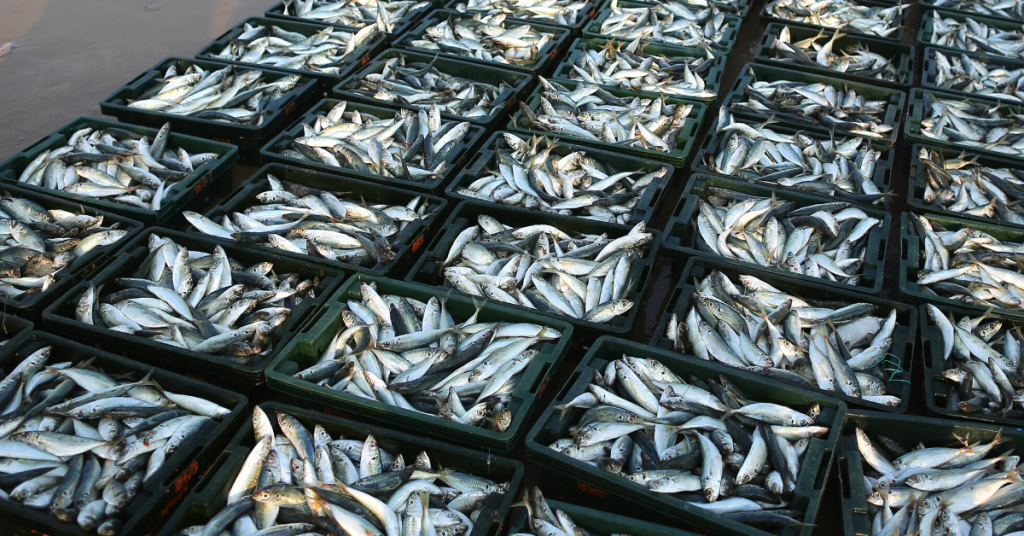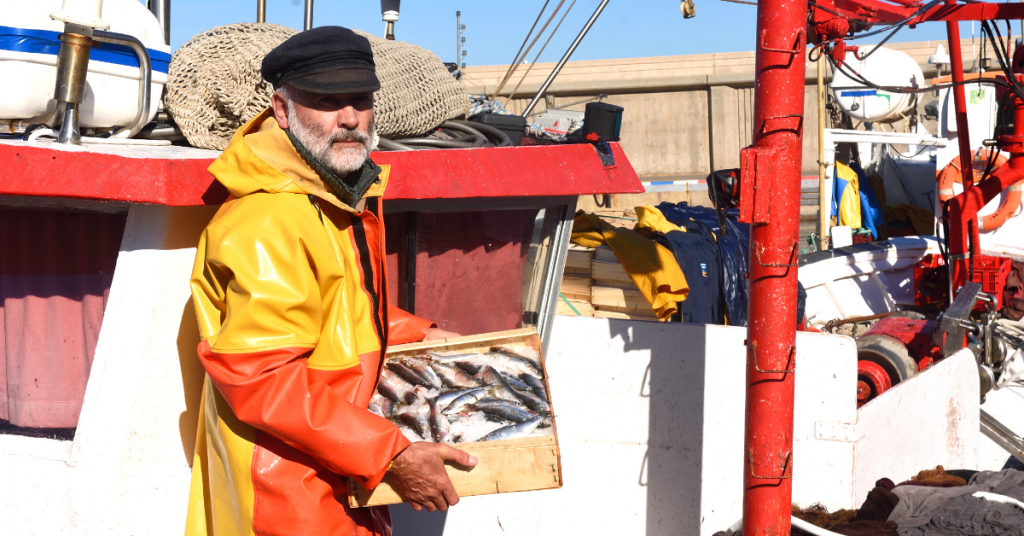The world is shifting to a more sustainable food system, which includes ingredients harvested from both the ground and the sea. Lucky for us, the United States is recognized as a leader in wild-caught and farmed fisheries, so it comes as no surprise that the bustling New York City is home to some of the country’s most diverse selection of environmentally friendly fish.
If you’re new to the subject of sustainable seafood, it simply means fish and shellfish that have been caught or harvested under sustainable fishery management systems. These systems aim to conserve the environment the fish are living in by preventing overfishing, rebuilding depleted stocks of fish, and minimizing bycatch. This essentially conserves an incredible amount of other ecosystems too. Because remember – everything is interconnected.
So the next time you’re out shopping for seafood, or even ordering fish from a restaurant, be mindful of what types of seafood is in season, caught sustainably, and is a product of good fishing and farming practices.
Here are 5 tips to follow when purchasing seafood:
Seasonal seafood is sustainable seafood.
Fish have seasons too. Really. Just like the tomatoes and corn and cucumbers our local farmers grow during certain months, seafood has ideal climates for harvesting and eating as well. In the Summer months, shellfish like crabs and shrimp are perfectly ripe for eating, and late Fall is actually the best time for lobster. In the winter, stock up on scallops, clams, and mussels. Spring is spawning season for fish so this time is actually the hardest to find sustainability sourced seafood. Opt for species that don’t spawn instead – Herring, prawns, crabs, and trout.

Unsustainable seafood exists, and should be avoided.
Think of factory farming when it comes to raising cattle – conditions are so poor that the animal is pumped with antibiotics just to keep them alive. There’s so much erosion in the soil that the excess of nutrients is entering our waterways and creating chaos in surrounding environments. The animal is fed food that’s hard to digest. Well, the same can happen with overcrowded fisheries.
While steps are being taken to create a more environmentally friendly fishing industry, there are still some fish from certain locations we should all be avoiding. Here’s a few:
- Striped Bass (US)
- Crab (Argentina, Asia, Russia)
- Mahi Mahi (imported)
- Tilapia (China)
- Tuna: Atlantic Bluefin (imported longlines)
You can find an entire list from Monterey Bay Aquarium’s Seafood Watch.

Frozen seafood can be sustainable too.
When fisherman are out at sea for days and even weeks at a time, they have to preserve their catch somehow, and freezing it at a very low temperature is typically best for preserving the nutrients. So the next time you’re perusing the market for fresh fish, remember that fresh and frozen aren’t independent. Fish could be caught a few days ago and be marketed as frozen.
What you should look out for is buying frozen fish that has frost or ice particles in its packaging. These indicate that the fish has been frozen for quite some time, and can even indicate the fish being thawed and refrozen again. If you’re buying frozen, you want to look for fish with no ice crystals and absolutely no liquid in the package.
Be mindful of ordering out.
If you’re someone who eats out or orders in a lot, be mindful of what kinds of seafood those restaurants and businesses are buying from. Take the time to do your research. Check on their website for a list of distributors. Call them up and see if they’re willing to chat. If they don’t list it on their website and don’t even want to answer the question, the best bet is to head elsewhere. When it comes to food, transparency is key.
For a company that takes transparency to a whole new level, check out the meal delivery service mademeals. Their main focus is sourcing sustainably directly from local farms and NOAA-approved fisheries. So no matter what you order from them, it’s a guarantee that your meals won’t be served with a side of a guilty conscience.
“We’re committed to only using the most ethical, sustainable, and nutrient-dense produce, meat, and seafood at mademeals. We made mindful eating easy.”
Now more than ever, it’s important to know exactly where our food comes from, and that doesn’t stop with food that comes from the sea. Here’s a list of our favorite New York City markets, restaurants, and food companies that source sustainable seafood.
Market:
Mermaid’s Garden
Brooklyn, New York
Online Delivery:
The Fish Drop by Fulton Fish Market
Restaurant:
Crave Fishbar
Midtown & Upper West
Meal Prep Delivery:
Mademeals
